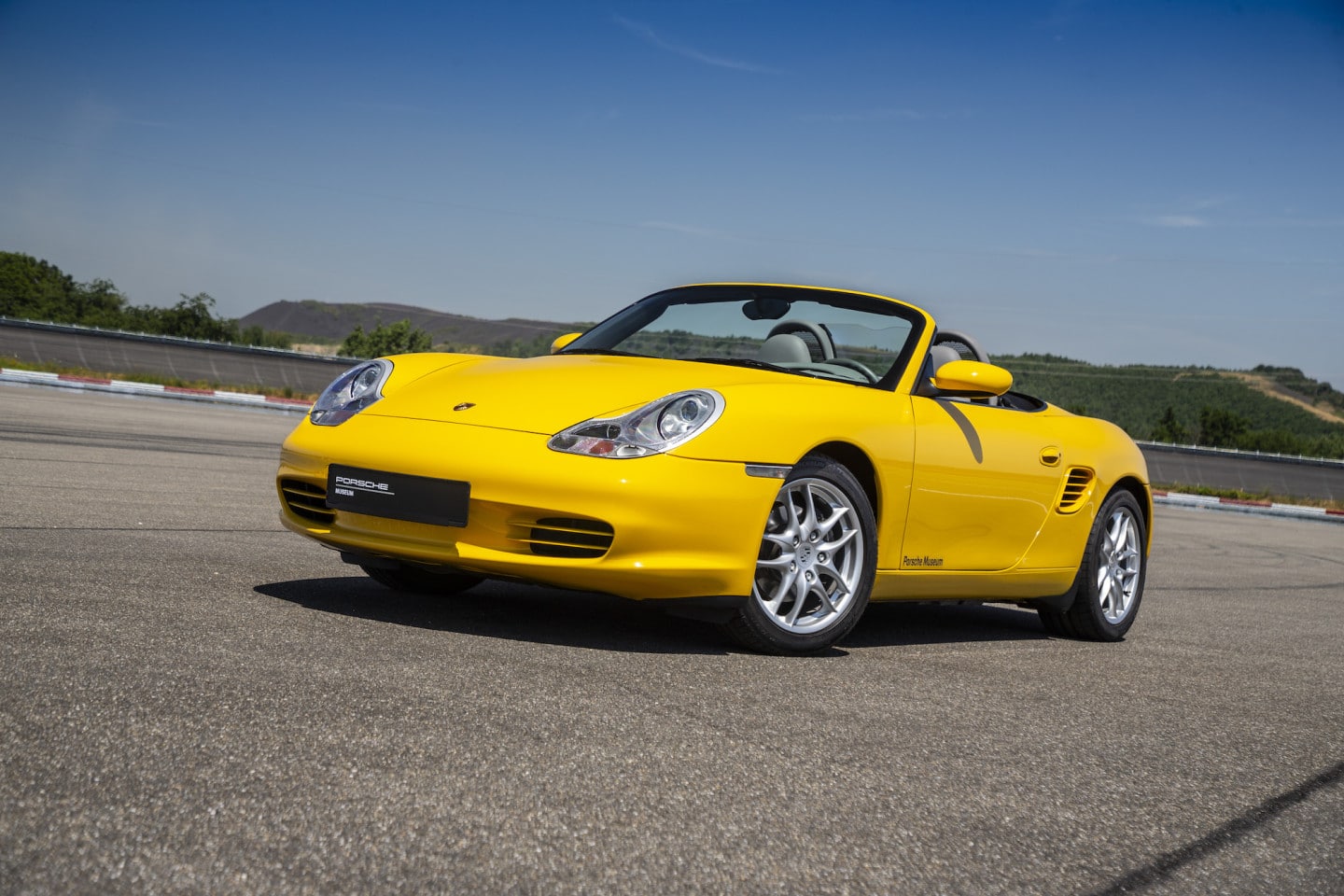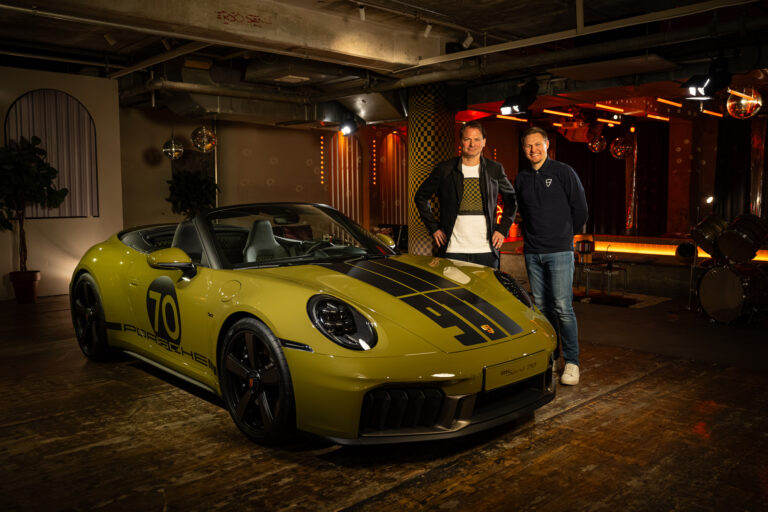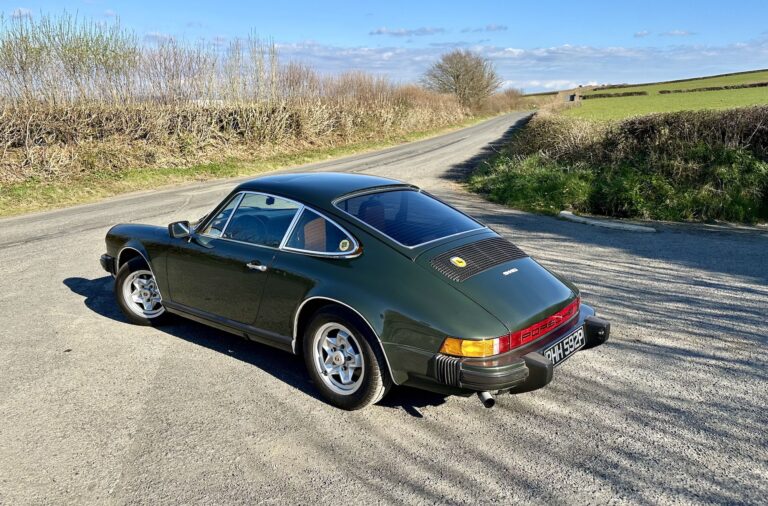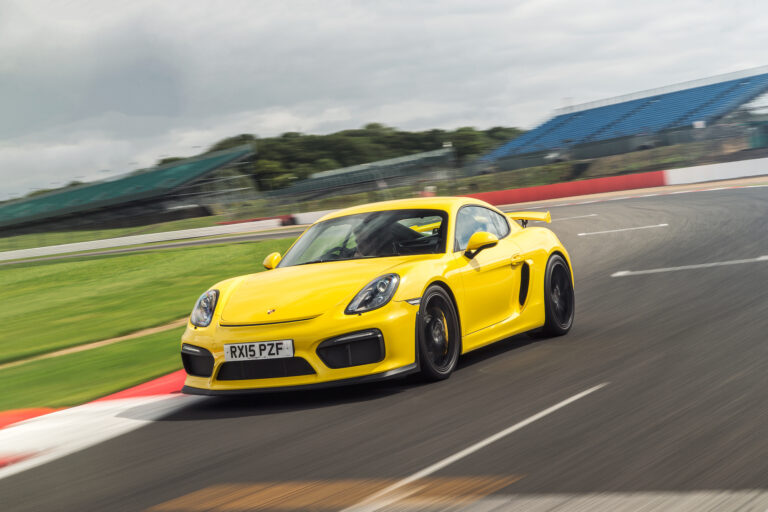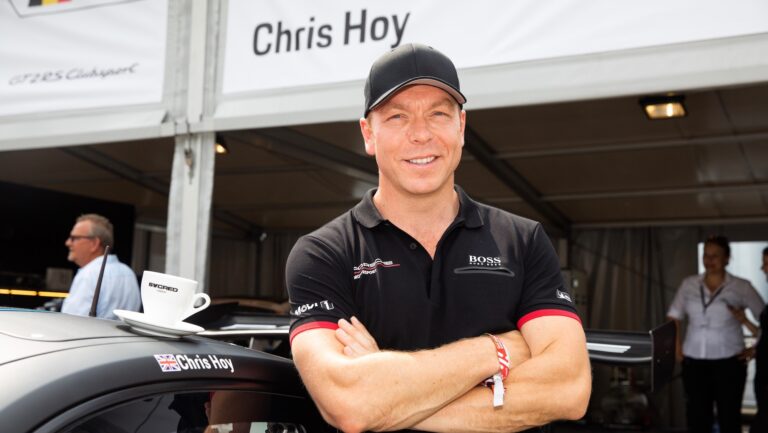 By Tim Pitt
1 year ago
By Tim Pitt
1 year ago
Porsche 986 Boxster buyer’s guide
Your complete guide buying a Porsche Boxster 986, with expert advice from Paragon Porsche and Philip Raby Specialist Cars
Why should you buy one?
With prices from less than £10,000, the 986 Boxster is perhaps the most affordable route into Porsche ownership. But the driving experience won’t leave you feeling short-changed. Take a look at some great examples for sale on the 9WERKS Marketplace.
Porsche Boxster 986: the key facts
As Porsche enthusiasts, we should all be immensely thankful for the 986 Boxster. In the late 1990s, this mid-engined roadster was the car that transformed Stuttgart’s balance sheet from red to black, attracting new buyers to the brand and generating profits to help develop the Cayenne. By the time 986 production ended in 2004, nearly 165,000 examples had been built – and Porsche was back in rude health.
Designed by Grant Larson and Pinky Lai, the 986 shared its ‘fried egg’ headlights, bonnet and front wings with the 996-generation 911, along with numerous mechanical parts and most of its interior. Such close kinship arguably did the 911’s reputation few favours, but it reflected well on the cheaper Boxster. Unequivocally, this was a ‘proper’ Porsche.
With classic curves inspired by the Porsche 356 Speedster and 550 Spyder, the Boxster concept debuted at the Detroit Auto Show in 1993. The production car finally arrived in 1996, its bar-of-soap styling toned down somewhat, but its spirit still intact. Power came from a 204hp naturally aspirated flat-six: good for 0-62mph in 6.9 seconds, or 7.6 seconds with the optional Tiptronic S automatic gearbox.
The entry-level engine grew to 2.7 litres in 2000, when it was joined by the 252hp 3.2-litre Boxster S. Then a facelift in 2003 brought more power and a glass rear window (rather than fade-prone plastic). But unlike later versions of the Boxster, the 986 didn’t spawn a Cayman coupe.
Today, the 986 is rapidly gaining the status of a modern classic and values are on the rise, but you can still find presentable, cared-for examples at four-figure prices. Read on for everything you need to know before buying one, including expert advice from two of 9WERKS’ valued partners: Paragon Porsche and Philip Raby Specialist Cars.
Categories
How does the Porsche Boxster 986 drive?
“The 986 isn’t fast by today’s standards, but it offers a real sense of immediacy,” says Jason Shepherd, sales advisor at Paragon. They’re light, simple and fun to drive.”
Phil Raby agrees: “A 986 Boxster can be fantastic fun. They’re an easy car to drive quickly – certainly easier than a 911 – and very practical for a sports car, with two boots and affordable running costs. Well, affordable if you buy a good one…”
A bad Boxster can affect more than just your bank balance, of course. Poorly maintained cars with worn suspension and out-of-kilter alignment simply won’t drive as Porsche intended, even if they feel more accomplished than other, similarly priced sports cars, so try a few examples before you buy.
Speaking of rivals, the Boxster won various magazine group tests back in 1997 and it remains one of the best ‘budget’ roadsters today. More engaging than a BMW Z3 or Mercedes-Benz SLK, less frenetic than a Honda S2000 and more watertight than a Lotus Elise, it’s a car you could use on a daily basis, yet one that livens up even the most mundane commute.
The early 2.5-litre models sound rather ordinary (“like a Dyson,” reckons Phil) and are slower than modern hot hatchbacks, but their lucid hydraulic steering, powerful brakes and finely poised handling outshine any shortcomings. The flat-six responds keenly, gaining a steelier sense of purpose as the needle passes 5,000rpm.
The 3.2-litre 986 Boxster S feels altogether more serious, with ample power to unstick the rear tyres and a more focused demeanour, including stiffer suspension that won’t suit everyone. Yet both our experts err towards the later Boxster 2.7 as the pick of the 986 range. “It’s a really nice engine that loves to rev,” says Phil.
As for swapping cogs, we suspect most 9WERKS readers will favour the snappy manual gearbox. The Tiptronic S, which used buttons on the steering wheel, is better than most automatics of its era, but nothing like as sharp as Porsche’s dual-clutch PDK – introduced on the 987.2 Boxster and Cayman in 2009.
Porsche Boxster 986: evolution of tech
The original Boxster arrived in showrooms in early 1997, powered by the 204hp 2.5-litre engine and offered with a manual or Tiptronic S auto gearbox – both with five speeds. Production moved from Germany to Finland in 1999, but the big news was a mid-cycle facelift in 2000.
This swapped out the unfairly maligned 2.5 engine for a 220hp 2.7-litre lump, shaving several tenths from the 0-62mph time (now 6.6sec for the stick and 7.4sec for Tiptronic). It also ushered in the flagship 252hp Boxster 3.2 S, which benefited from a sixth manual gear ratio and could reach 62mph in just 5.9sec (6.5 sec).
Post-2000 examples of the 986 Boxster also gained POSIP side airbags, while the S got a stronger, more insulated fabric roof (inherited by the 2.7 version a year later). A further facelift in 2003 added slightly more power for both engines – 228hp for the 2.7 and 260hp for the 3.2 S – plus a few styling tweaks: clear indicator lenses, a new front bumper and a reshaped spoiler. The roof finally gained a glass rear window, too.
In 2004, the original Boxster bowed out with the ‘50 years of 550 Spyder’ special edition. Again, there was a smidge more power (266hp from the 3.2 engine), plus GT Silver paint, 18-inch wheels, 10mm lowered suspension, a high-end Bose audio system and a Cocoa Brown hood with matching leather trim. Only 1,953 cars were made – a reference to the 550 Spyder’s birth year, as per Porsche tradition – making this the most collectable 986 today.
Regardless of the model, the first Boxster is a great drive in stock form, but there are some worthy 986 upgrades to elevate the ownership experience even more, as we recently found out.
What to look for when buying a Porsche Boxster 986
Our usual ‘buy the best car you can’ advice seems even more apposite here. Values are now on the up, but many 986 Boxsters strayed into sub-£5,000 territory, their cash-strapped owners unable to afford specialist Porsche servicing. “We really struggle to find cars of an adequate standard for us to buy,” says Jason from Paragon. “There are a lot of neglected ones out there. We’re looking at the top one percent.”
Both Jason and Phil agree you should budget at least £9,000 for a decent 986 Boxster. Spending less is a false economy as parts are relatively pricey and a tired car simply won’t offer the authentic Porsche experience.
Let’s start with the good news: even an old Boxster’s roof will keep the rain out, rust problems are rare and the forum-favourite issues with bore scoring and intermediate shaft bearings are more perception than reality. “We have never seen an IMS failure on any Boxster, Cayman or 911,” notes Phil Raby.
Less positively, many Boxsters have suffered accident damage, so check the panel gaps and paint finish carefully. There are plenty of cars available, so simply walk away if you’re unsure. If there is corrosion, it’s likely to appear around the exhaust mounting points. Check for oil leaks from the mid-mounted engine and gearbox while you’re down there, too.
Renewing worn-out suspension and bushes will cost around £1,500, but could transform the car. Listen for groaning and clonking noises on your test drive, and check the car doesn’t pull to one side. We’d avoid Boxsters with aftermarket lowered suspension, which can really ruin the ride.
The six-cylinder engine should be punchy and willing. Feel for hesitation when accelerating – possibly an issue with the mass airflow sensors – and general rough running, likely due to a faulty coil pack. Needless to say, any clutch slipping or gearbox graunching could mean a big bill.
A cracked or cloudy plastic rear screen can be replaced for a few hundred pounds, but an entire new roof is more like £2,000. Test the operation of the roof mechanism and look for evidence of water ingress, along with any blocked drain tubes. The front radiators and air conditioning condenser can also get blocked with leaves. Peer carefully through the front bumper to spot any corrosion.
Lastly, the 986 Boxster was the first product of an era when Porsche looked to cut costs, and that shows in its interior. Some of the plastics and leather trim may look a bit scruffy, and there is no cheap way to restore them. The subsequent 987 Boxster had a better quality cabin.
Porsche Boxster 986: the options worth having
Manual gearbox
The button-operated Tiptronic S isn’t as slick or quick as the later PDK automatic, so we’d prefer a manual ’box.
17-inch alloys
Most Boxsters are on 18s, yet the smallest wheels offer the smoothest ride.
Bright colours
Silver, black and blue are the most common paint colours, making bright hues such as Guards Red and Speed Yellow quite sought-after.
Heated seats
These may encourage you to drive roof-down on chillier days, which is definitely to be encouraged.
Full leather interior
Hardly essential, but extended leather trim on the dashboard and inner doors gives the Boxster’s interior a welcome lift
Rear parking sensors
Useful for town driving, as rearward visibility isn’t great with the roof up.
Cruise control
A rare 986 Boxster option that could make long motorway journeys more comfortable.
Porsche Boxster 986: technical spec
Years produced: 1996-2004
Cars made: 164,874
Engines: Flat-six – 2.5, 2.7 or 3.2 litres, naturally aspirated
Power: 204-266hp
Torque: 245-310Nm
Transmission: 5- or 6-speed manual; 5-speed Tiptronic S
Suspension
Front: MacPherson struts with coil springs
Rear: Independent; multi-link with coil springs and anti-roll bar
Wheels and tyres
Front: 6×16-inch with 205/55 ZR16; 7×17-inch with 205/50 ZR17; 7.5×18-inch with 225/40 ZR18
Rear: 7×16-inch with 225/50 ZR16; 8.5×17-inch with 255/40 ZR17; 9×18-inch with 265/35 ZR18
Length: 4,315mm
Width: 1,780mm
Weight: 1,250-1,320kg
0-62mph: 7.6-5.7 sec (Tiptronic S approx. 0.7 sec slower)
Top speed: 146-165mph
